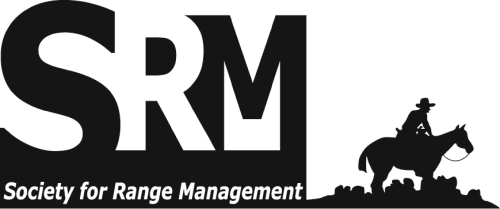Grazing facilitates foraging opportunities for brown-headed cowbirds (Molothrus ater), an obligate brood parasite. Cowbirds can reduce productivity of their hosts, causing some host species to decline in abundance. Thus grazing indirectly influences productivity of some songbirds. The black-capped vireo (Vireo atricapilla) is an endangered songbird with most of its breeding range occurring in areas of ungulate grazing. A contributing factor to its endangered status is brown-headed cowbird parasitism. We monitored 382 black-capped vireo nests from 2012-2013 in Real, Kerr, Bandera, and Edwards Counties, Texas. We investigated how enclosed ungulate (characterized by the presence of enclosed ungulates) and wild ungulate-only (characterized by the absence of enclosed ungulates) systems influenced brood parasitism. We also examined how distance to water (distance from nest to nearest ungulate water source), nest concealment, and grassland in the landscape (proportion of grassland within 3 km of a nest) related to parasitism. Overall parasitism frequency was 30% (n = 166) in 2012 and 31% (n = 216) in 2013, moderate compared with other research, but above a proposed 30% threshold of concern. Grassland in the landscape was not important in predicting brood parasitism in wild ungulate-only grazing systems, but it was important in predicting brood parasitism in enclosed ungulate systems. In enclosed ungulate systems, there was low probability of brood parasitism with a small amount of grassland in the landscape and high probability of parasitism with a large amount of grassland in the landscape. Nest concealment and distance to water were not good predictors of brood parasitism. © 2016 Society for Range Management Published by Elsevier Inc. All rights reserved. The Rangeland Ecology & Management archives are made available by the Society for Range Management and the University of Arizona Libraries. Contact lbry-journals@email.arizona.edu for further information.

Scholarly peer-reviewed articles published by the Society for Range Management. Access articles on a rolling-window basis from vol. 1, 1948 up to 5 years from the current year. Formerly Journal of Range Management (JRM). More recent content is available by subscription from SRM.